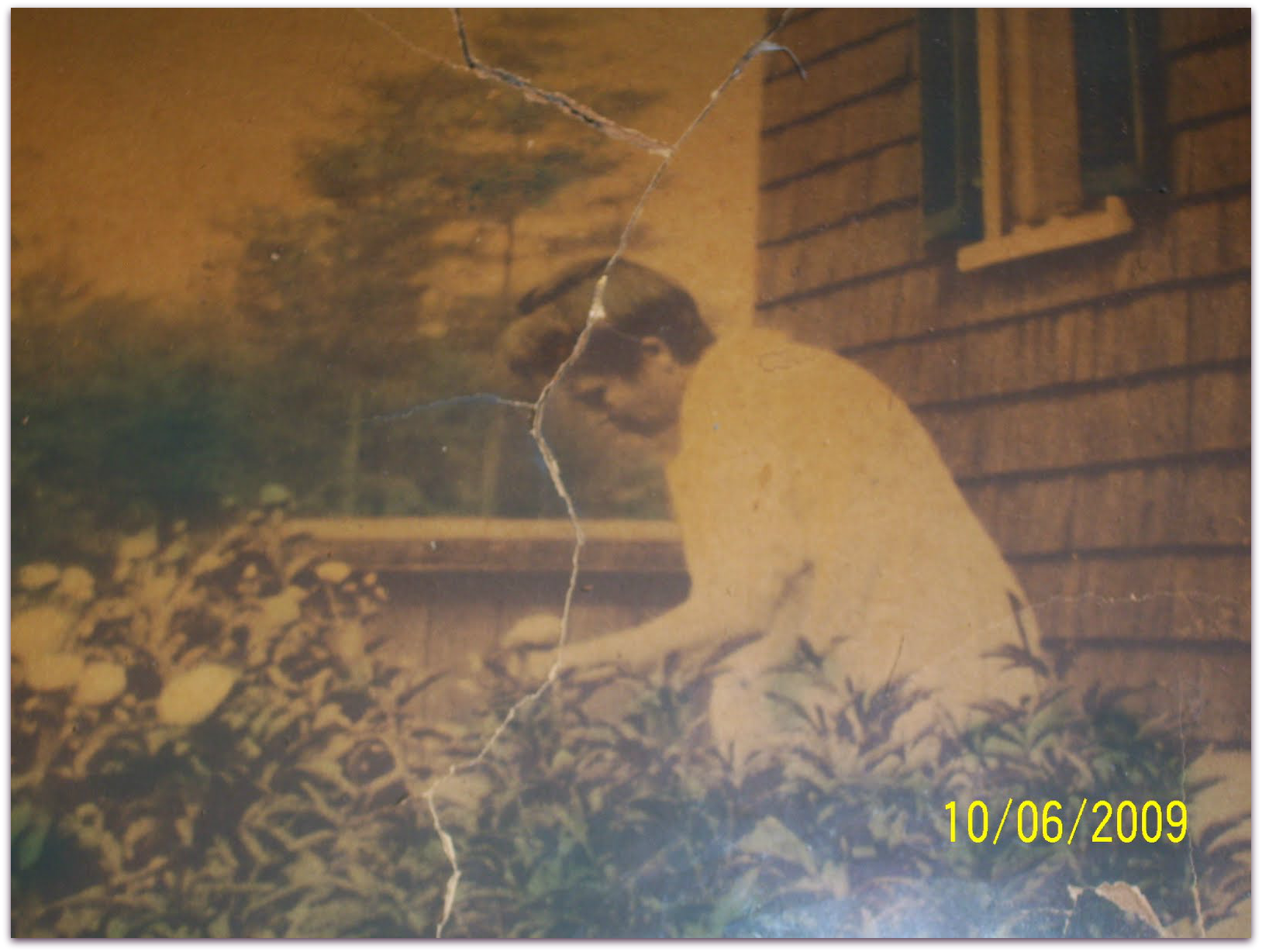Once upon a time, my father joked, “Why do you talk with your hands so much? What are you – Italian?” Being about 16 and not know any better, I shot back, “Maybe I am!” Two years later, when I delved into genealogy in earnest, I learned the truth. Or half of it. My mother’s mother’s family is Italian, from… Read More
Northern Italian Ancestors
One of the techniques many genealogists use in working on brick walls or research questions is a technique called sideways searching or digging into the FAN Club (friends, associates, and neighbors). This means looking at collateral and other relationships to see if they might answer your questions. In 2021, my research focus is on my maternal Italian ancestors, the Galfré… Read More
DNA Confirmation of Ancestry
One of the most exciting things happened to me in December of 2019 – I finally resolved a 26-year-old brick wall! During 2020, I poked at my new research questions here and there, which included delving into the ancestry of my great-great grandmother Emma’s father, Francis Wallace (1838-1892). At first, I didn’t find much beyond my great-great grandmother’s baptism naming… Read More
Genealogy Goals in 2021
It’s time to decide what my genealogy goals are in the new year. This is more difficult than previous years, because I had the same goal from year to year. Ever since I broke through my nearest brick wall, I spent 2020 a little “scattered,” for lack of a better term. However, I did make excellent progress with my maternal… Read More
Unexpected Southern Ancestors
As one works their way up my family tree, they will mostly find New England ancestors. I grew up on the south shore of Massachusetts in Plymouth County, and so did the majority of my ancestors. Though some of them were scattered throughout Massachusetts and other New England states, all lines converged in Plymouth County, where all 8 of my… Read More
My Ancestor, the Lighthouse Keeper
My great-great-great grandfather, William W. Winsor, has been a bit of a mystery. He was the son of a Duxbury, Massachusetts inn-keeper, John Winsor (who shared grog with the likes of Daniel Webster and Henry Thoreau). William’s birth and marriage are documented in Duxbury, however he disappeared not longer after the 1860 census. William Winsor is found in the 1860… Read More
- « Previous Page
- 1
- …
- 3
- 4
- 5
- 6
- 7
- 8
- Next Page »





